Paleolithic age, Mesolithic Age, Neolithic Age, Chalcolithic Age
by Devender
0 3066
- Quaternary Age:
- Pleistocene (20 Lakh – 10000 years)
- Holocene (10000 – Present)
Advancement of its covering shows four phases, the fourth stage being Quaternary, which includes:
Pleistocene Age
In this era, people had:
- Ill-shaped Crude Stone tools
- No knowledge of crops and cultivation
- Used to live on hunting
- Lived in shelters made by rocks
- The climate became warm from before
- noticed the emergence of new flint industries
- Men of modern types (Homo-sapiens)
This era is also called the Paleolithic age or Ice age or Old Stone Age and it is divided into parts:
1 Early Paleolithic Age:
The time frame of this age was 5 lakh to 50000 BC and the tools used were Cleavers, Choppers, Axes.
2 Middle Paleolithic Age:
The time frame of this age was from 50000 to 40000 BC and the tools used in this era were Flakes tools such as Blades, Pointers, Borers & Scrapers
3 Upper Paleolithic Age:
The time frame of this age was from 40000 to 10000 BC and in this era,
Bhimbetka Rock Shelters
The Bhimbetka rock shelters are located in the Raisen District of Madhya Pradesh. It is 45 km south of Bhopal at the southern edge of the Vindhyachal hills. These were shelters for Paleolithic age men for more than 1 lakh years.
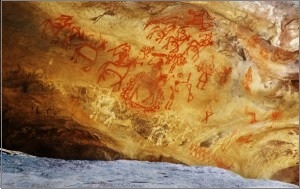
- These sites are the most exclusive Paleolithic sites in India
- These shelters have many rock carvings and paintings
- These paintings belong to the Paleolithic, Mesolithic ages, Chalcolithic, early historic, and even medieval times
It is a world heritage that got included in this list in 1970. It was earlier considered a Buddhist site and was later recognized as a Paleolithic site by Vishnu Shridhar Wakankar who is now called the "father of rock art in India".
Holocene: Mesolithic Age
The time period of this era was from 9000 – 4000 BC and in this era, the climate became more suitable for the movement of men from one place to another. It became more dry and warm which also changes the flora & fauna. The main tools of this age were Microliths.
- It was a Transitional Phase between the Paleolithic & Neolithic Age
- People started to live on hunting, fishing & food gathering
- People also learned to live on domesticated animals at a later stage of this age
Rock Paintings from the Paleolithic & Mesolithic ages have been found at Bhimbetka caves (Painted birds, animals & humans).
Holocene: Neolithic Age
The time period of this age was from 5000 to 1800 BC and the people of this era learned about the cultivation of plants & domestication of animals. The earliest evidence of Neolithic culture has been found at Mehrangarh on the bank of river Bolan (Baluchistan) 7000 BC which shows the beginning of agriculture and domestication of animals.
Pottery appeared in this era where Black burnished ware & Course Grey ware pottery were used for cooking. Important places of this era are Gufkral (Cave of Potters) & Burzahom (Place of Birch). One of the special features of the Burzahom was Dog burial with the master.
Holocene: Chalcolithic Age
The time period of this era was from 1800 to 1000 BC and it was marked with the use of copper which was the first metal used in India. The people of this era have the knowledge of cultivation & Cattle rearing along with Irrigation, Harvesting, and crop rotation.
The excavation revealed structures like Granaries, Embankment & Fortification. There were mud houses made up of mud in circular and rectangular patterns with mud chulhas.
This was limited to only the areas of Udaipur, Malwa, and Maharashtra. Black on Red ware was the famous pottery of this age.

Share:

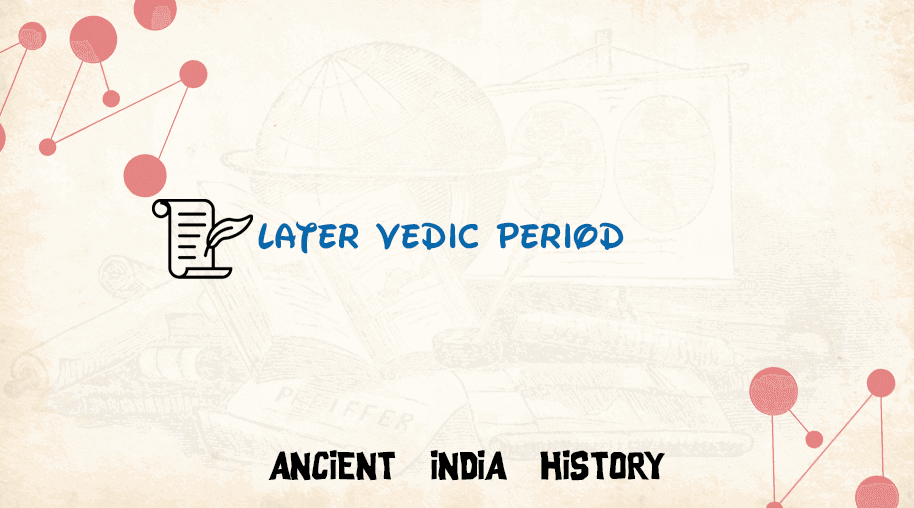
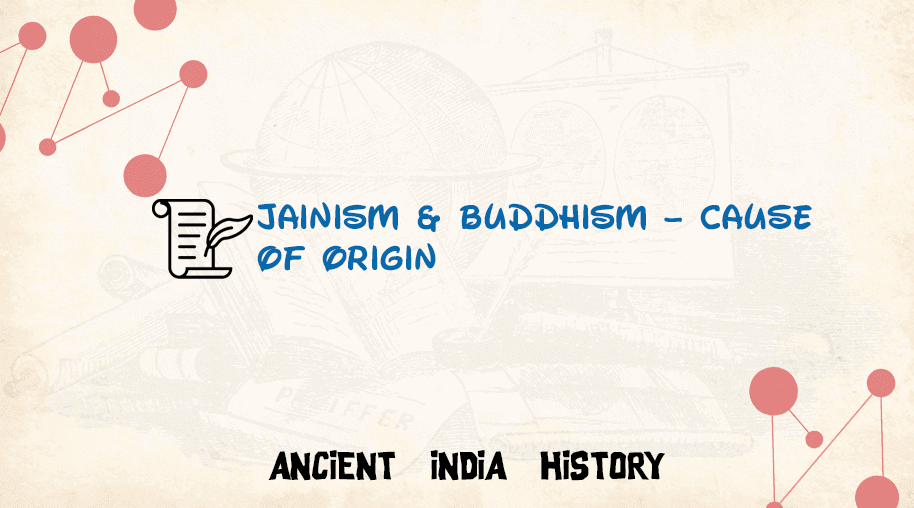
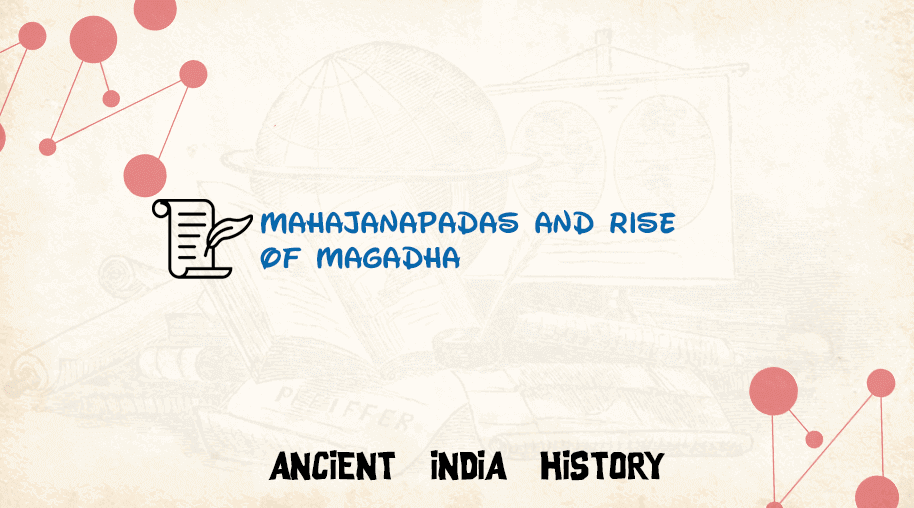
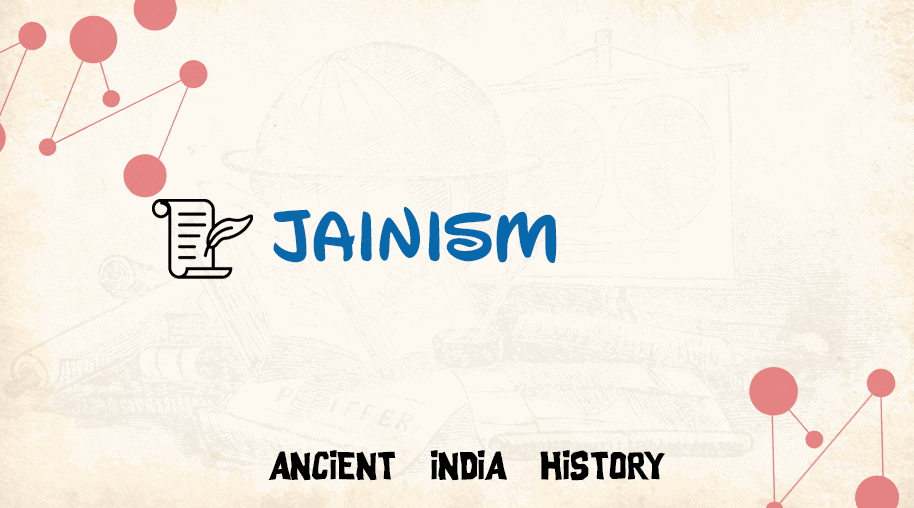


Comments
Waiting for your comments